Reading Australia: 'Lilian's Story' by Kate Grenville
Kate Grenville’s Lilian’s Story is one of the great Australian novels of the last thirty years. When it was first published in 1985, it was immediately hailed as a masterpiece. The original cover carried a recommendation by Patrick White, Nobel laureate and the greatest writer of any kind Australia has produced. White said that in Lilian’s Story Kate Grenville had ‘transformed an Australian myth into a dazzling fiction of universal appeal’, and hailed her as a true novelist.
Transforming a myth was something White himself was famously good at, and here it is important to recall that a myth is not necessarily untrue (a point the great biblical scholars emphasised). In his most famous novel Voss (1957), Patrick White adapted the story of Ludwig Leichhardt, the German explorer who led an expedition of exploration into the centre of Australia and perished in the attempt to penetrate the interior. White doesn’t give us a history of Leichardt’s exploration, but he takes the outline of it (and the explorer’s nationality) as a structural idea for his own novel which is a story, in some ways a tragic one, about the quest for identity. In the work of the Greek philosopher Aristotle (whose Poetics is one of the foundations of literary criticism), the word ‘mythos’, from which we get myth, is also the word for plot.
The Australian myth that underlies Lilian’s Story is the life story of Bea Miles (1902–73), the famous Sydney eccentric and ‘madwoman’ who was a familiar figure in the city streets, quoting Shakespeare and hopping into other people’s taxis. For decades – into the 1960s – she was a legend. She was also (to use another idiom that can have a literary shading) ‘a character’. In the book that made her famous (Lilian’s Story, her first book, had already won the 1984 Vogel Literary Award), Kate Grenville created what is still the greatest character in her fiction by giving dramatic form to this extraordinary woman, Lilian Singer, and she did so in a book that is full of colour and energy and feeling.
‘The first thing to notice about Lilian’s Story is the richness of the language’
The first thing to notice about Lilian’s Story is the richness of the language. And it’s worth noting, in the light of Patrick White’s commendation, that the rhetorical, highly coloured language – both the writing looked at as the style of the novel and the richness of the first-person narrative that declares itself as Lilian’s voice, as this super bright, superior, weird character telling her own story – is rich and poetical (some people would say to the point of being ‘purple’) in a way that shows White’s influence.
 Lilians Story (Viking, 1986)
Lilians Story (Viking, 1986)
Buy this bookListen to the uncanny, mesmerising quality of the opening of Lilian’s Story; how it plays on our sense of the fantastic to create a sense of Lilian’s very coming into being as a kind of apparition.
It was a wild night in the year of Federation that the birth took place. Horses kicked down the stables. Pigs flew, figs grew thorns. The infant mewled and started and the doctor assured the mother that a caul was a lucky sign. A girl? the father exclaimed, outside in the waiting room, tiled as if for horrible emergencies. This was a contingency he was not prepared for, but he rallied within a day and announced, Lilian. She will be called Lilian Una.
This is a world where pigs fly and language soars and a fat girl tells it how it is in a diction that is intensely imaginative and at the same time earthly and intimate. One way of talking about this style, which does have a family resemblance to White’s, is to describe it as Australian Gothic: it is decorative, it reaches for the sky like a cathedral spire and it also has a highly sensuous quality, a suggestion of devils and gargoyles and other scary objects hidden away among the overarching beauty.
Here is Lilian’s father Albion giving her a belting:
He brought the belt down on my pinafore with a muffled sound. No bloody good, he said crossly, and pushed the pinafore up, pulled my bloomers down. When the belt came down again it cracked against skin. The top of his boot creased at each stroke as his weight came forward, and a deep wrinkle appeared in the leather. It is only skin, I told myself and heard a yelping from somewhere that made me want to laugh. Mother spoke from the doorway, but Father was in his stride now and did not stop to answer her. I was laughing to feel the belt singe my skin.
And here is a moment towards the climax of the second part of Lilian’s Story when something awful is suggested about the relationship between Lilian and her father.
But Father could not let me achieve that, and filled the doorway before I could break apart and fly free of my body. All sound was drawn away into the tiles and past the windows. I watched as everything else fled and Father and I were left with each other. The brown buttons of the cardigan that Mother had given him made a small tinny noise like rats’ feet as he took it off and let it drop to the floor.
In every room of the house, the air that I had stilled fled, and was replaced by trembling and fearful vibrations. I could hear my voice, a thin reedy cry like something choking and not being rescued. Father said nothing at all, but his breathing was like a thundering machine in the silence. All around us the house stood shocked, repelling the sounds we made. My cries carried no further than the carpet of the stairway. The silent rooms would take no part in my struggle, but swallowed the sounds indifferently. No! I heard myself cry with a feeble piping sound. No! No! The house gave back only silence, and the panting of the desperate machine that was Father.
It is striking that there is a devil-may-care sensual quality to the description of the belting, but there is something cloaked and smothered about the description of whatever terrible scene between daughter and father which is half glimpsed but disturbingly sensed near the conclusion of the second part of Lilian’s Story. It marks the end of the continuous story of Lilian’s girlhood and young womanhood, but also – and this is one of the most striking things about the novel and gives it such richness and complexity – the end of Lilian’s sanity, though not of the qualities that make her sympathetic and attractive.
‘One way of talking about this style, which does have a family resemblance to White’s, is to describe it as Australian Gothic’
Lilian’s Story is one of the most remarkable pieces of late-twentieth-century Australian fiction not only because of its richness of orchestration and the originality of its vision, but because it starts as an archetypal account of childhood, progresses into the splendours and miseries of Lilian as a young woman, and then presents her as a deranged old derelict, though a colourful and well-known one.
It is this last vision of Lilian as the spectacularly vivid woman making a spectacle of herself that is the starting point of the myth, the outline of a narrative that makes Lilian’s Story identifiable as a fictionalisation of Miles’s life, as well as an imagining of how this educated and uproarious woman might have come to such a pass that she was living on the streets and sleeping in storm drains. But it is the first two sections of the book, especially the lilting and lyrical account of Lilian’s tomboy childhood, that makes Lilian’s Story one of the most cherished, as well as one of the most distinguished, books in recent Australian literary history.
 Lilian's Story (Allen & Unwin, 1991)
Lilian's Story (Allen & Unwin, 1991)
Buy this book
Kate Grenville, one of Australia’s most highly regarded contemporary novelists, has had remarkable success with her settler and Indigenous Australian novels, The Secret River (2005) and its successors, The Lieutenant (2008) and Sarah Thornhill (2011). The Secret River was made into a successful stage show directed by Neil Armfield, and is now being filmed. These novels have become a focal point for the deep feeling Australians have about the wrongs done to indigenous people. It is part of the subtlety of Grenville’s fictionalisation of this history that she creates a believable story inhabited by lifelike human beings, showing how the crimes could be perpetrated by white settlers not a million miles in the way they think and feel from you and me.
She has also written novels of ordinary life such as The Idea of Perfection (1999), where the focus is closer than the settler/Aboriginal novels, and her second novel, Dreamhouse (1986, though written before Lilian’s Story), is a psychological thriller which tingles with sexual tension. There is also a sort of historical cavalcade, Joan Makes History (1988), which has her heroine flitting from one big moment in Australian history to another (the First Fleet, Ned Kelly, you name it). This book contains a number of interludes in a sharp, attractive style during which some of the characters from the second – young womanhood – section of Lilian’s Story recur. Of course, the big reappearance is in Dark Places (1994), in which Lilian’s dreadful father, Albion, is the central figure.
This book poses a problem for the readers of Lilian’s Story. When the original novel was published, people argued over what had occurred between Lilian and her father. It was clearly an abomination of a relationship (because of him), but had there actually been sexual abuse? By the time Grenville wrote Dark Places, she had made up her mind about this question. She told me, however, that at the time of Lilian’s Story she hadn’t and that the reader should feel free to interpret the first novel on its own terms.
It is a remarkable book. Grenville has a style for Lilian that allows her to sing through her sorrows and her squalors. The first movement of the book is like a revelation because Australian childhood – which can so often be a clichéd subject – is presented with such cumulative intimacy that the reader suddenly finds herself with a thousand memories she didn’t know she had about the daily life and rituals, the weird smells and privacies and insights that go along with that strange, mad experience of being a child.
Lilian’s encounter with Miss Gash, the supposed witch lady with her tabby cat – the woman she is utterly attracted to and ultimately betrays – is just one of a hundred sparkling epiphanies in the first rapturous movement of Lilian’s Story.
The story carries absolute conviction because it is articulated with the power of poetry. Through the sensuous detail and apprehensions of this world of being fat and energised and awkward and rushing into situations with tough, spunky boys and pretty, sly girls are so wonderfully observed, the reader comes to know Lilian’s reality like the back of her own hand, even though the prose has the dreamlike clarity of an Arabian Nights bazaar.
How appropriate that Patrick White should have hailed Lilian’s Story, for the natural response to this book is one of exhilaration, like one’s experience of reading Patrick White’s own novels. Yes, we say, Australia is like this and Australian childhood is like this. Who would have dreamt it? The dreaming is Grenville’s and the accuracy is in the power of the dreaming. This is Kate Grenville’s God-given book. You can tell that this is the moment, right at the outset, where she paints her masterpiece.
The fact that Lilian’s early childhood (she is born in 1901) has an Edwardian setting (the period of Mary Poppins and My Fair Lady, of the first series of Downton Abbey) the period before World War I that can seem sunlit and optimistic, is a brilliant touch because it makes the memories themselves seem brilliant and utterly old at the same time. And so we have Lilian raging around, her short-sighted loyal brother, John, her timid, limited mother, and her nightmare of a father collecting his facts, having his breakdown, belting Lilian, screaming at her, deriding her.
‘Yes, we say, Australia is like this and Australian childhood is like this. Who would have dreamt it?’
It is a kind of dream story. Not only in ‘A Girl’, but also in the second section of the novel (‘A Young Lady’), we get, not quite so lyrically but still with a lot of lilt and colour, the sense of the possibilities that might unfold for Lilian. Will she marry her great ‘mate’ Duncan, the slow-talking farm boy, or will she be impelled to spend her days with the poor, wan, brilliant boy F.J. Stroud – as intellectually brilliant as she is, self-conscious about his poor background, with a wounded anger and pride. All of this section captures the dreamlike aspect of a young life, but we know there are shadows on the horizon. The intense enemies of Lilian’s girlhood, like the young stud, Rick, and his love, Ursula, are kind to her now, but we know somehow – or suspect – that Lilian, in her grand way, is not destined for the horse and carriage of conventional love and marriage of the 1930s variety.
The greatest of the shadows, looming and lowering, is her dreadful father. At one stage he throws away her collected Shakespeare. He drowns her book, a famous phrase from Shakespeare’s last play The Tempest, which is quoted more than once in this soaring, life-affirming story of love and pain and identity, this great tragicomic work. Another quote from The Tempest is ‘Hell is empty and all the devils are here’.
 Lilian's Story (Canongate UK, 2007)
Lilian's Story (Canongate UK, 2007)
Buy this book
In the last section of the book, ‘A Woman’, we see Lilian mad, on the skids, with all the hells and heavens, all the angels and devils, romping through her mind. It is a remarkable vision, sweet with wisdom as well as lunacy and loneliness and dereliction. Lilian wanders as a ‘character’ with people who might or might not be figures from her former life. Her soul, we feel, we in fact know, is intact through it all. And when her no-good father dies, she cries with great racking sobs from somewhere she perceives as deeper than her heart. Her brother John, who knows things she doesn’t know but not what she does, tells her that her father didn’t hate her: he just didn’t think she mattered.
The relationship between Lilian and her father is what we call psychosexual – deep and murky as life itself. The perspective from which this novel is written – Kate Grenville published it when she was thirty-five – is very compatible with the world view of Grenville’s 1960s, Vietnam generation: that your mum – and especially your dad if you were a girl – could, in Philip Larkin’s famous phrase, ‘fuck you up’ in a stupendous way, but the ‘fucking’ didn’t have to be literal: it could all take place in the dreamscape of the mind. Remember, too, that Lilian’s Story is also partly a period novel and that attitudes to everything from corporal punishment to nervous breakdown to marriage as a woman’s primary destiny have changed a lot, not only from one hundred years ago but from fifty, when baby boomers like Grenville were growing up.
Another contemporary notion that Lilian’s Story reflects is one that was fashionable in the 1960s and early 1970s and made famous through the work of anti-psychiatrists like R.D. Laing that madness can be a deeper truth. Wasn’t LSD (which was designed to reveal latent psychosis) used to open the doors of perception? In the later poems of the great Irish poet W.B. Yeats, there is a figure called Crazy Jane who says, ‘nothing can be sole or whole / That has not been rent’. The French thinker Michel Foucault wrote a book called Madness and Civilisation that highlights the tragicomic wisdom of works like King Lear. He also argued that mental illness as a medical condition was a comparatively recent invention. But all this is just grist to the mill and a matter of influences. The real power of Lilian’s Story derives from the grandeur of its vision, the way the novel transfigures all of its influences and presents us with an image of life – full of pain and desecration and the shadow of rape and madness – to which we can only assent. It is a luminous and encompassing vision to which we can only say yes.
Yeats’s Crazy Jane says with great and desolated beauty:
I lay stretched out in the dirt
And I cried tears down
To face the reality of that and turn it into art as Kate Grenville does in Lilian’s Story is a triumph.



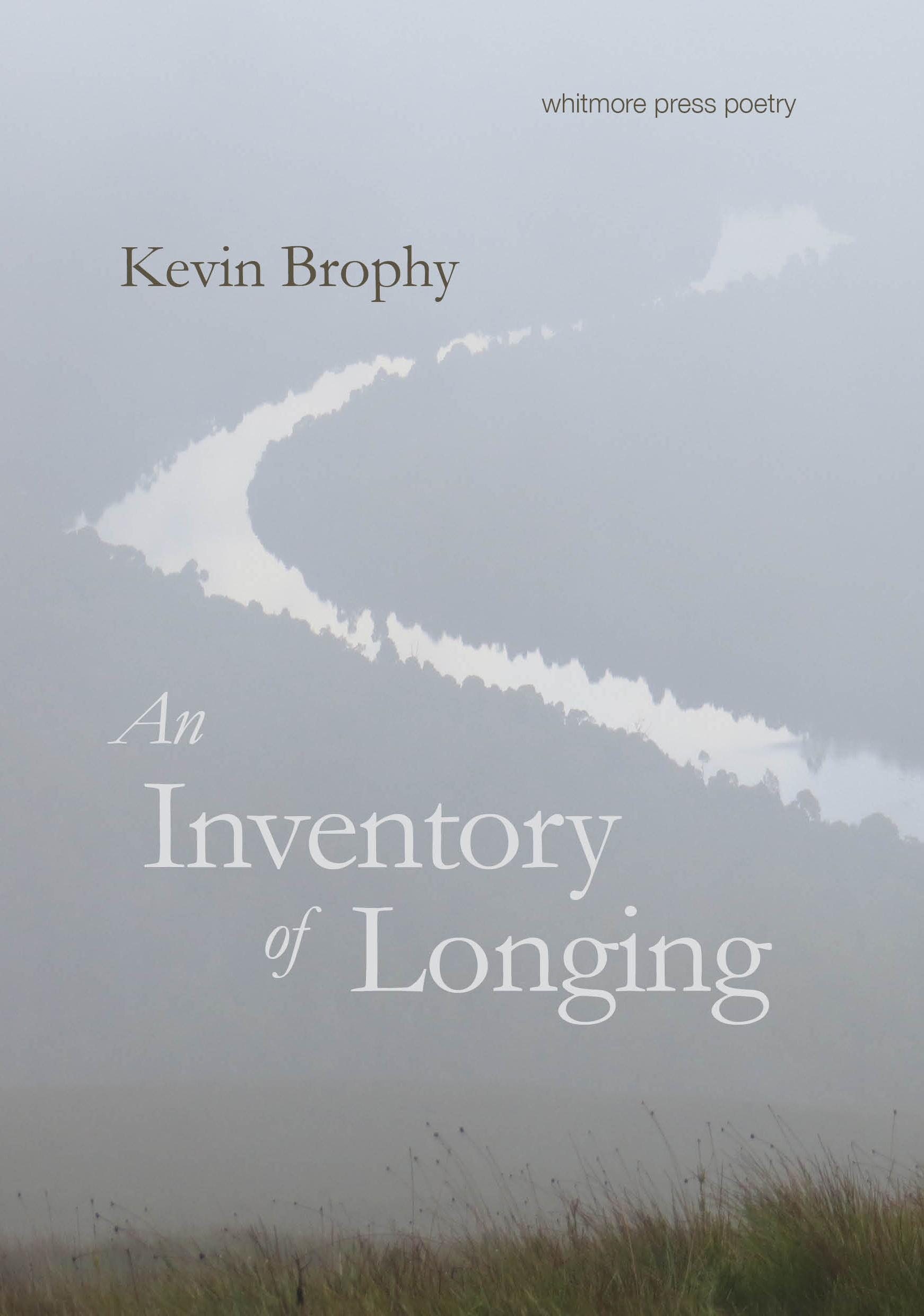
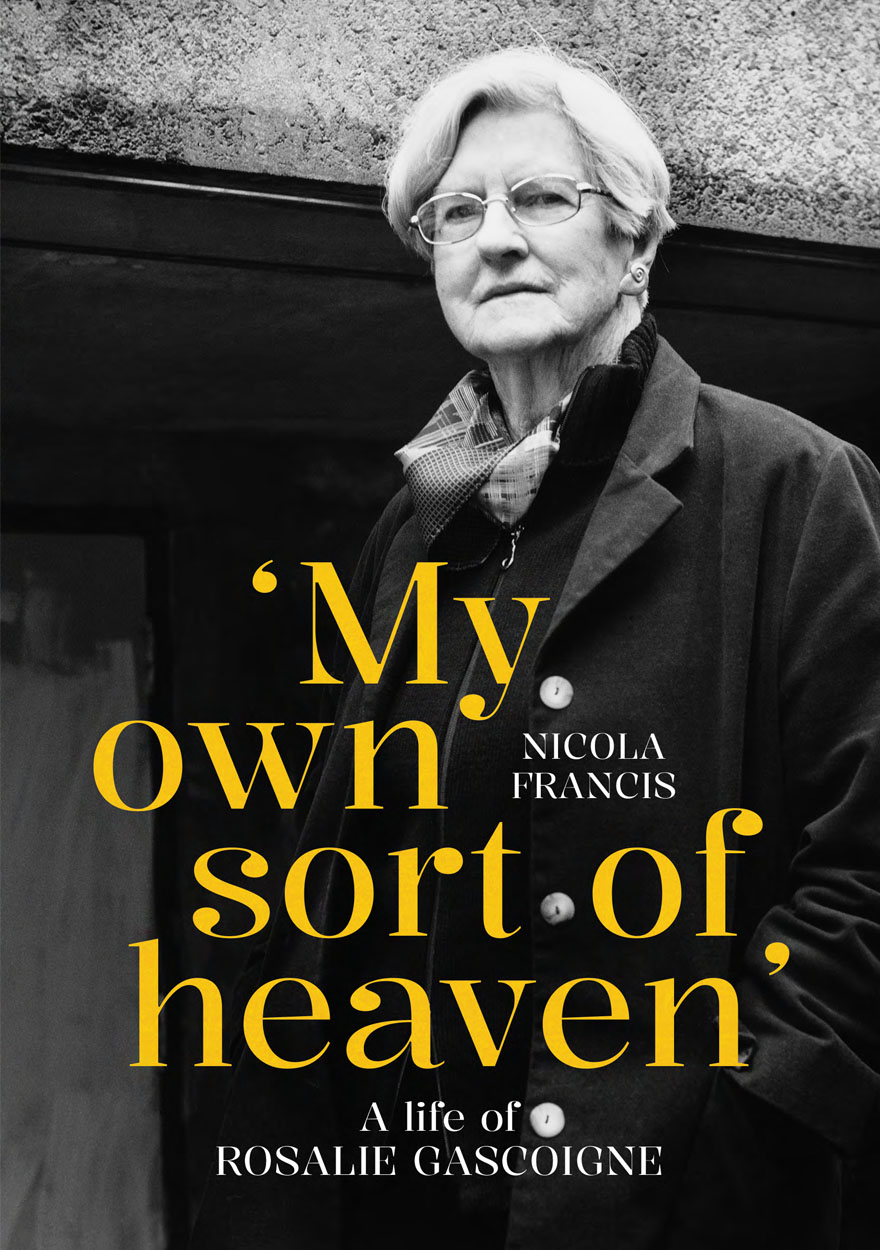
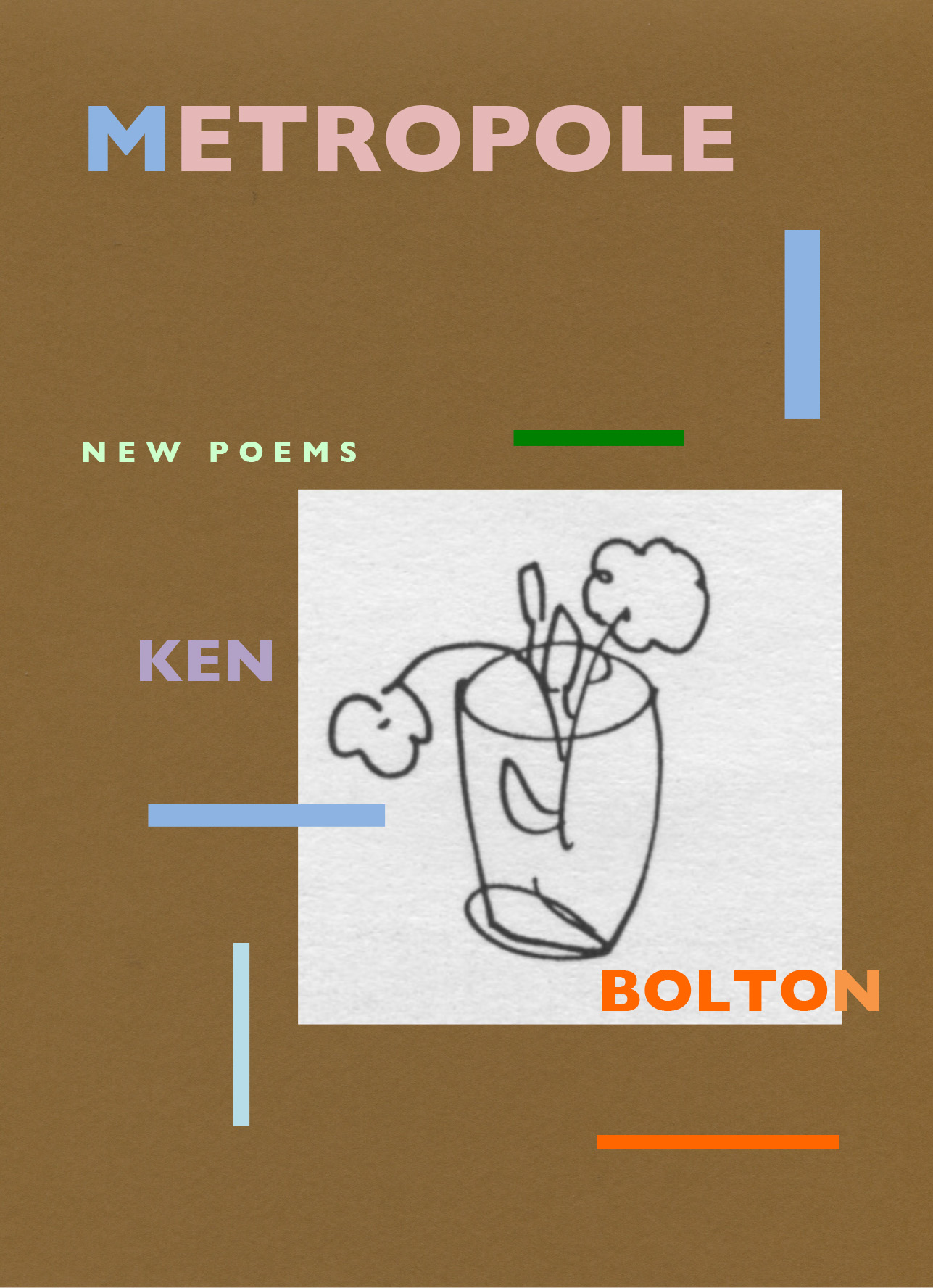
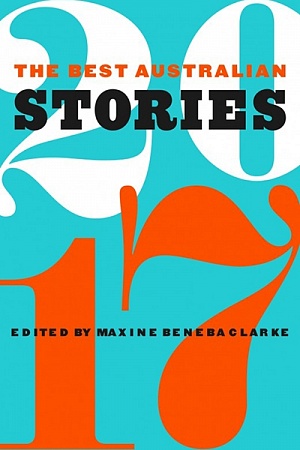
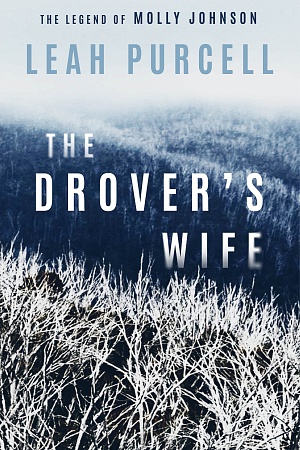


Leave a comment
If you are an ABR subscriber, you will need to sign in to post a comment.
If you have forgotten your sign in details, or if you receive an error message when trying to submit your comment, please email your comment (and the name of the article to which it relates) to ABR Comments. We will review your comment and, subject to approval, we will post it under your name.
Please note that all comments must be approved by ABR and comply with our Terms & Conditions.